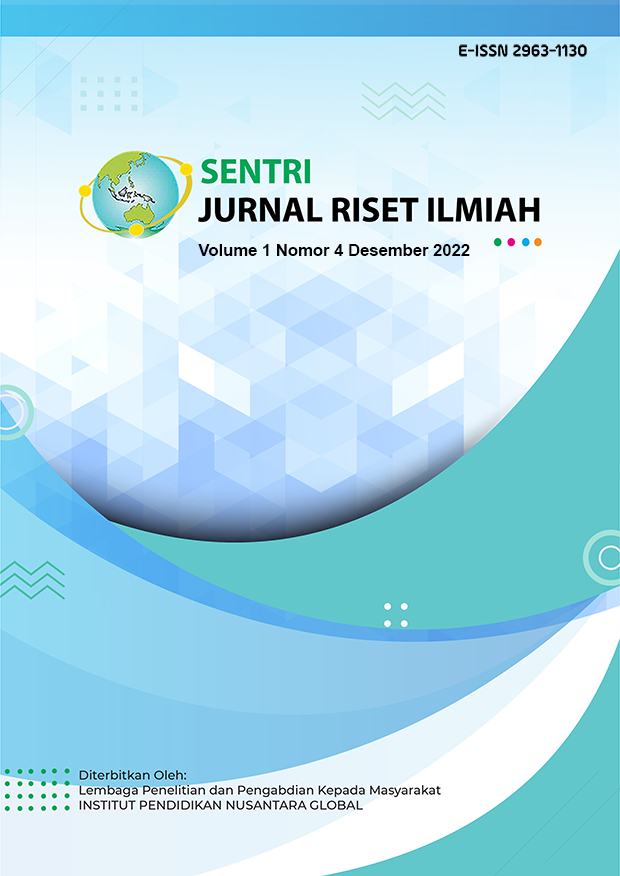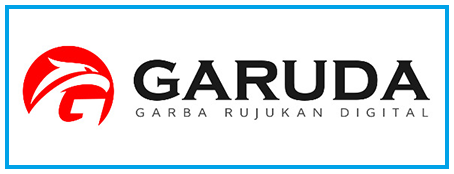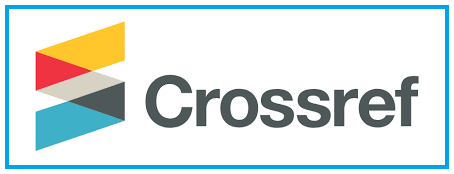USING FLIPBOOK TO ENHANCE THE STUDENTS PERFORMANCE IN SPEAKING
Keywords:
Flipbook, Performance, Speaking, Elementary SchoolAbstract
This study aims to analyze the using of the flipbook to enhance the English speaking ability of 1st grade elementary school students. This study was a descriptive quantitative. The research subjects were 21 grade 1 elementary school students. Data were collected by observation and interview. The instruments were pre-test and post-test with 2 (two) criterion being assessed, namely vocabulary and comprehension. They were divided into 4 (four) elements such as accuracy of word, understanding the meaning, speaking easily, and intonation. The result of pre test and post test was analyzed by using statistics descriptive and statistics inferential. The result of analysis is using flipbook can enhance the students performance in speaking English.
Downloads
References
Alghafri, A. S. R. et al. (2014). The effects of integrating creative and critical thinkingon schools students’ thinking. International Journal of Social Science and Humanity, 4(6), 518–525.
Anwar, M. et al. (2012). Relationship of creative thinking with the academic achievements of secondary school students. International Interdisciplinary Journal of Education, 1(3), 44–47.
Aqib, Z. (2009). Penelitian tindakan kelas (PTK) untuk Guru, SD, SLB, TK. Yrama Widya. Bialik, M., & Fadel, C. (2015). Skills for the 21 Century. Center for Curicullum Redesign.
Birgili, B. (2015). Creative and critical thinking skills in problem-based learning environments. Journal of Gifted Education and Creativity, 2(2), 71–80.
Borg, W., & Gall, M. D. (1983). Education research.
Cahyo, A. N. (2013). Panduan aplikasi teori-teori belajar mengajar. Diva Press.
Fitriani, O., & Suhardi, S. (2019). The effectiveness of PQ4R (preview, question, read, reflect, recite, review) in reading comprehension skill. Proceedings of the 6th International Conference on Educational Research and Innovation (ICERI 2018). Proceedings of the 6th International Conference on Educational Research and Innovation (ICERI 2018), Yogyakarta, Indonesia. https://doi.org/10.2991/iceri-18.2019.52
Fitriyanti, Y., Arwin, A., & Yolida, B. (2015). Penggunaan model PQ4R terhadap aktivitas dan penguasaan materi ciri-ciri makhluk hidup. Jurnal Bioterdidik, 3(4).
Hadzigeorgiou, Y., Fokialis, P., & Kabouropoulou, M. (2012). Thinking about creativity in science education. Creative Education, 03(05), 603–611. https://doi.org/10.4236/ce.2012.35089
Iskandarwassid, & Sunendar, D. (2008). Strategi pembelajaran bahasa. SPs UPI dan PT Rosda Karya.
Krathwohl, D. R., & Anderson, L. W. (2001). A taxonomy for learning, teaching, and assesing: a revision of bloom’s taxonomy of educatioanl objectives. Longman.
Lee, C.-D. (2014). Worksheet usage, reading achievement, classes’ lack of readiness, and science achievement: a cross-country comparison. International Journal of Education in Mathematics, Science and Technology, 2(2), 96–106.
Lin, R. (2012). A study of creative thinking for children’s picture book creation. IERI Procedia, 2, 36– 42. https://doi.org/10.1016/j.ieri.2012.06.048
Mann, E. L. (2005). Mathemaical creativity and school mathematics: Indicators ofmathematical creativity in middle school student. Dissertation.
Martin, R. (2009). Critical strategies for academic writing. Bedford Books of St. Martin’s Press. McGregor, D. (2007). Developing thinking; developing learning. Open University Press.
Mubin, F. (2013). Penerapan strategi pembelajaran PQ4R ( preview, question, read, reflect, recite, review) untuk meningkatkan motivasi belajar pada mata pelajaran IPA siswa kelas V SD Negeri Karangdawa Kecamatan Warungpring Kabupaten Pemalang. Thesis.
Munandar, U. (2009). Pengembangan kreativitas anak berbakat. Rineka Cipta.
Noviani, S., & Wangid, M. N. (2018). Developing inquiry-based lectora multimedia in order to increase the logical ability and the creative thinking. Jurnal Prima Edukasia, 6(1), 89–101. https://doi.org/10.21831/jpe.v6i1.9653
Novriansyah, B. (2013). Penerapan strategi “PQ4R” dan portofolio pada model pembelajaran kooperatif tipe STAD sebagai upaya meningkatkan penguasaan kosa kata bahasa Arab siswa kelas XI bahasa MAN I Model Bengkulu.
Prastowo, A. (2015). Panduan kreatif membuat bahan ajar inovatif. Diva Press.
Qomario, Q., Tohir, A., & Mashari, A. (2020). The Effect of realistic mathematical approaches towards the students’ math learning outcomes. Jurnal Prima Edukasia, 8(1), 78–85.
Rohaeti, E. W., & Padmaningrum, E. (2012). Kualitas lembar kerja siswa. Jurnal Inovasi Pendidikan, 10(1), 1–45.
Runisah, et al. (2016). The enhancement of students’ creative thinking skills in mathematics through the 5E learning cycle. International Journal of Education and Research, 4(7), 347–360.
Sambo, A., & El-Yakub, S. U. (2012). Influence of parental level of education on academic achivement of students in colleges of education in Nigeria: Curriculum implication. International Journal of Educational Benchmark (IJEB), 5(4), 76–87.
Setiawati, H., & Corebima, A. (2018). Improving students’ metacognitive skills through science learning by integrating PQ4R and TPS strategies at a senior high school in Parepare, Indonesia. Journal of Turkish Science Education., 15(2).
Sudjana, N. (2012). Penelitian hasil proses belajar mengajar. Remaja Rosdakarya.
Sugiyono. (2013). Metode penelitian pendidikan (pendekatan kuantitatif, kualitatif, dan R&D).
Alfabeta.
Susanto, A. (2014). Teori belajar & pembelajaran di sekolah dasar. Kencana.
Tohir, A., & Mashari, A. (2020). Efektivitas model pembelajaran inkuiri dalam meningkatkan hasil belajar siswa kelas IV SDN 27 Tegineneng. Jurnal Ilmiah Sekolah Dasar, 4(1), 48–53.
Toman, U., Riza, A., & Odabasi, C. (2013). Extended worksheet developed according to 5e model based on constructivist learning approach. International Journal on New Trends in Education AndTheir Implications, 4(4), 173–183.
Trianto. (2011). Mendesain model pembelajaran inovatif-progresif. Kencana.
Wahyuningsih, A., & Kiswaga, G. E. (2019). The effectiveness of CIRC learning model and PQ4R learning model on reading comprehension skills of elementary school students. Jurnal Prima Edukasia, 7(1), 82–93. https://doi.org/10.21831/jpe.v7i1.9701
Yasa, I. W. M., Suwatra, & Rasana. (2013). Pengaruh strategi belajar PQ4R terhadap hasil belajar IPA Siswa Kelas IV SD Di Gugus 1 Tegallalang Kecamatan Tegallalang. Mimbar PGSD, 1(1).
Zubaidah, S., Fuad, N., Mahanal, S., & Suarsini, E. (2017). Improving creative thinking skills of students through differentiated science inquiry integrated with mind map. Journal of Turkish Science Education., 14(4).
Downloads
Published
How to Cite
Issue
Section
License
Copyright (c) 2022 SENTRI: Jurnal Riset Ilmiah

This work is licensed under a Creative Commons Attribution-NonCommercial-ShareAlike 4.0 International License.









